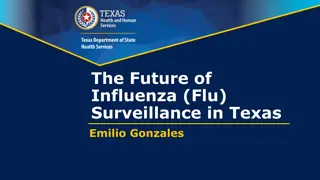Understanding Influenza: From Pandemics to Avian Flu Outbreaks
Influenza is a viral respiratory illness that can range from seasonal flu to pandemic outbreaks like the 2009 swine flu (H1N1) epidemic. The dangers and prevention methods of specific strains, such as H5N1 avian flu, have been witnessed since 2003. This summary delves into the characteristics, impacts, and global spread of different influenza viruses.
Download Presentation

Please find below an Image/Link to download the presentation.
The content on the website is provided AS IS for your information and personal use only. It may not be sold, licensed, or shared on other websites without obtaining consent from the author. Download presentation by click this link. If you encounter any issues during the download, it is possible that the publisher has removed the file from their server.
E N D
Presentation Transcript
-- Seasonal flu vs pandemic flu -- Seasonal flu: - outbreaks follow predictable seasonal patterns (winter flu) - usually no risks for healthy adults due to immunity built up from previous exposure Pandemic flu: - occurs occassionally / flu virus mutates from animal species to humans - increased risk due to lacking previous exposure
The Influenza Virus (Swine Flu 2009 Swine Flu Outbreak) [-6:29; 8:10 -] Why was the particular virus strain responsible for the 2009 swine flu outbreak so dangerous? 1) How to prevent the outbreak of such a virus? 2)
H1N1 (swine flu) epidemic, 2009: Virus strain Infuenza A is related to the 1918 1919 Spanish Flu epidemic First detected in March 2009 in the Mexican state of Veracruz (but origins are unclear) Spreads within weeks around the world: - by late March the virus had already spread to the US and Canada - by 12 May over 5,251 cases in 30 countries, primarily countries in the Americas (95% of those cases) - by 1 July, more than 77,000 cases and 332 H1N1-related deaths end of July, more than 162,000 cases and 1,154 fatalities - by the end of September, more than 343,000 cases and 4,108 deaths - by November 2009, more than 622,000 cases and more than 7,000 deaths - by December, more than 12,000 fatalities
H5N1 (avian flu) outbreaks since 2003: February 2003: outbreak in Fujian Province, China spreads across Asia and worldwide Epidemic curve of human cases with H5N1 virus infection by region, May 1997 April 2015 from Lai et al. (2017), Global epidemiology of avian influenza,A(H5N1) virus infection in humans, 1997 2015: a systematic review , Lancet Infectious Diseases, https://www.ncbi.nlm.nih.gov/pmc/articles/PMC4933299/
From Lai et al. (2017), Global epidemiology of avian influenza A(H5N1) virus infection in humans, 1997 2015: a systematic review , Lancet Infectious Diseases, https://www.ncbi.nlm.nih.gov/pmc/articles/PMC4933299/
How to tackle influenza epidemics? 1) The narrative: pandemics and discursively constructed facts! - World Health Organisation (WHO) plays a central role in defining and constituting global disease risks - key elements to define a global health risk as a pandemic: 1) novelty of the pandemic agent 2) unpredictability of the virus 3) ability of the virus to spread quickly over a large geographical region 4) ability of the virus to swiftly mutate into different forms 5) mass susceptibility of global populations to the virus 6) differentiation from seasonal influenza
Why did the WHO fail in defining the H1N1 outbreak of 2009 as a pandemic? - the outbreak was relatively mild - hard to distinguish from seasonal influenza - uncertainties about the origins of the virus and their transmission - naming (swine flu) created confusion - historical and contemporary analogies failed Pandemics are also socially (discursively) constructed
2) Global Governance Mechanisms Describe the Pandemic Influenza Preparedness Framework! Describe the principal moral dilemma the framework aims to solve! Compare the framework`s working mechanisms with the GAVI Alliance and UNITAID! Do you find similarities / differences in the way these mechanisms try to tackle epidemics? (look at the role of industry!) Does the Framework change the status quo in global health governance? Describe the role of the International Health Regulations (IHR) in responding to influenza epidemics! Which role do the states play? Explain how the divide between developed and developing world complicates the efficiency of the IHR!
Fundamental ChallengeoftheGlobal Health GovernanceArchitecture Private Sector International Organisations Civil Society STATES Transnational Cooperation theProblem and theSolution
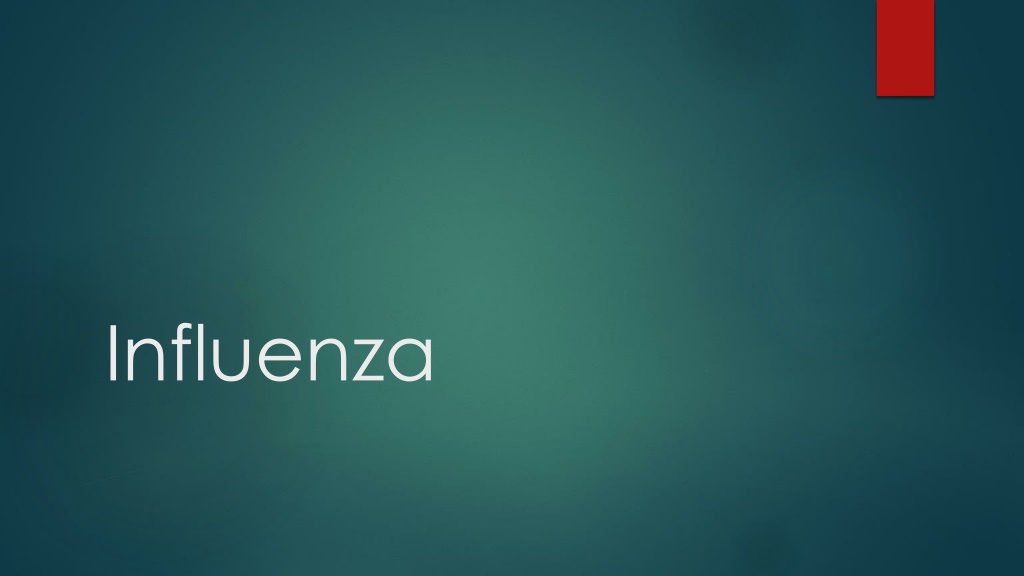



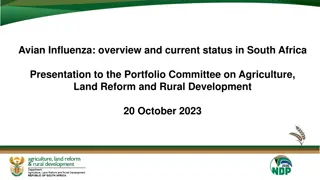
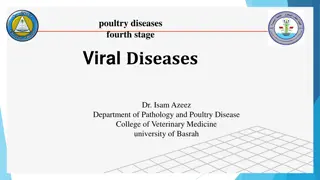
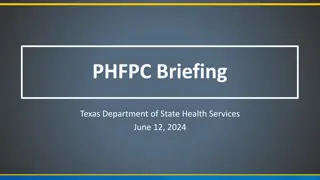
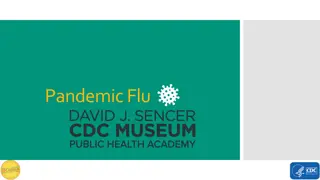
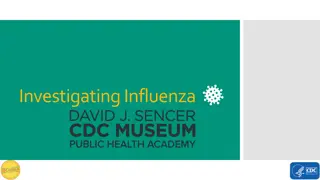
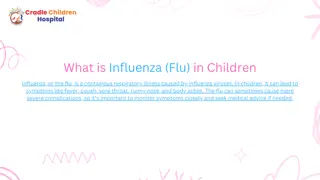
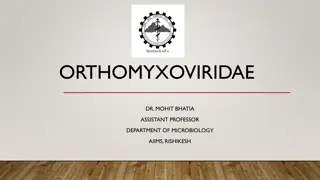
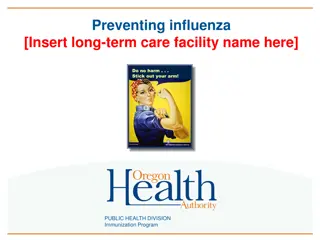
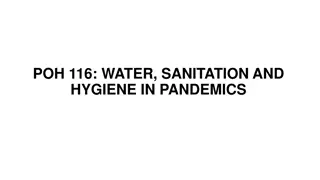

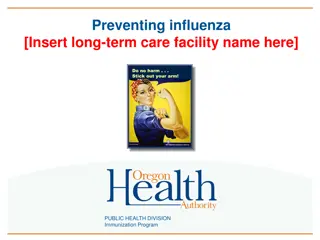


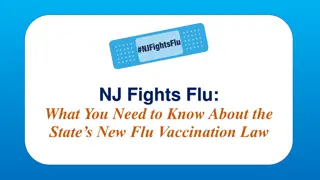
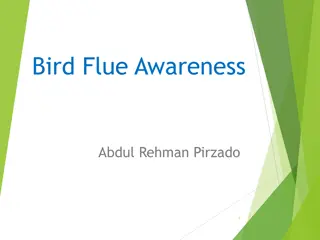

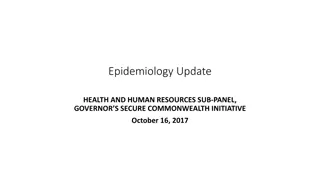
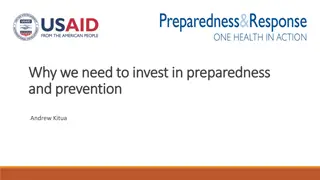
![Preventing Influenza at [Name of Critical Access Hospital]](/thumb/233818/preventing-influenza-at-name-of-critical-access-hospital.jpg)
